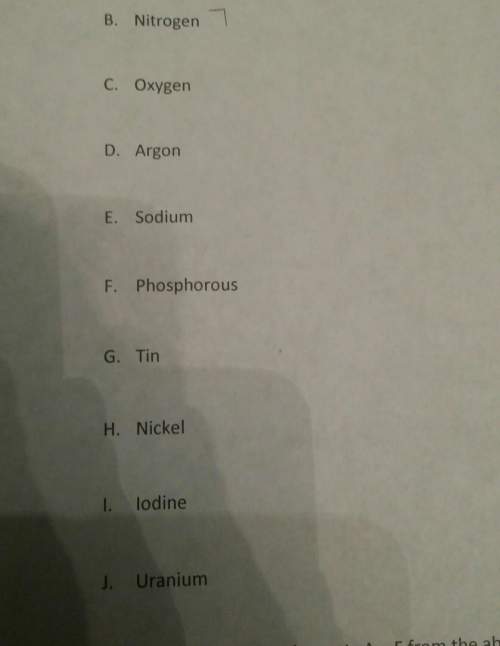
Chemistry, 15.04.2021 17:20 mustafakhalil02
Similar to alum, ferric chloride (FeCl3) is commonly used as a coagulant and flocculent in water treatment plants. When FeCl3 is placed in water, it forms Fe(OH)3 solids which helps remove small suspended particles. A 250,000 ppm concentration of FeCl3 is added to the raw water in the rapid mix basin at a flowrate of 5 GPM (gallons per minute). The flowrate of water to be treated is 20 MGD. What mass of Fe(OH)3(s) is generated each day (in kilograms/day)

Answers: 1


Another question on Chemistry

Chemistry, 21.06.2019 22:30
Which of these sequences lists the correct order for the creation of sedimentary rock from sediment? a. deposition, burial, compaction, cementation b. burial, deposition, compaction, cementation c. compaction, deposition, burial, cementation d. cementation, deposition, burial, compaction
Answers: 1

Chemistry, 22.06.2019 05:30
Modern weaponry has increased the number of deaths in wars and violent conflicts.
Answers: 3

Chemistry, 22.06.2019 07:30
Given that 1 mi = 1760 yd, determine what conver- sion factor is appropriate to convert 1849 yd to miles; to convert 2.781 mi to yards.
Answers: 2

You know the right answer?
Similar to alum, ferric chloride (FeCl3) is commonly used as a coagulant and flocculent in water tre...
Questions

History, 23.11.2020 20:00




Mathematics, 23.11.2020 20:00


Mathematics, 23.11.2020 20:00


Social Studies, 23.11.2020 20:00


Mathematics, 23.11.2020 20:00

Biology, 23.11.2020 20:00




Mathematics, 23.11.2020 20:00

Mathematics, 23.11.2020 20:00


Biology, 23.11.2020 20:00

Chemistry, 23.11.2020 20:00




